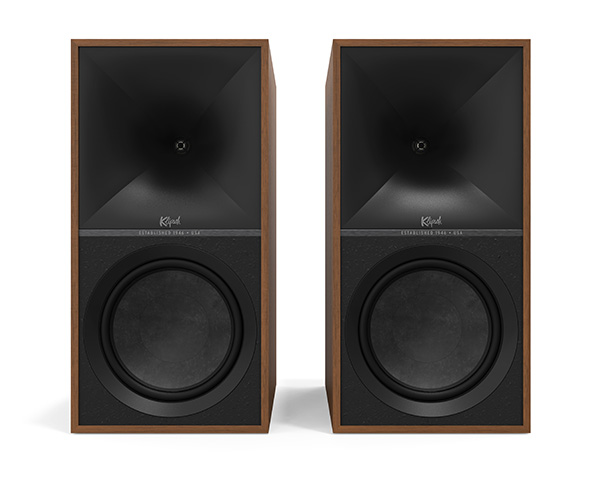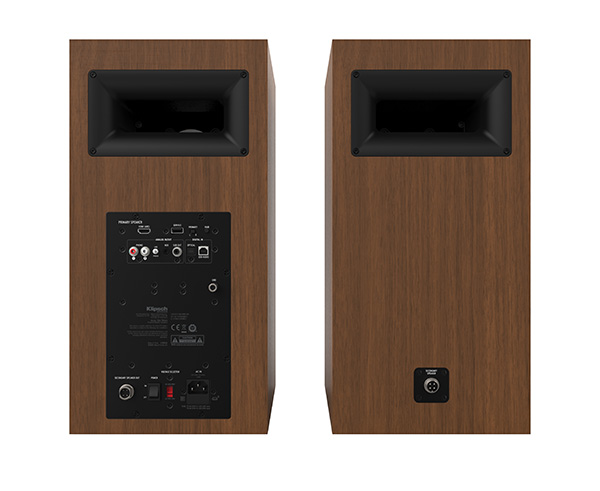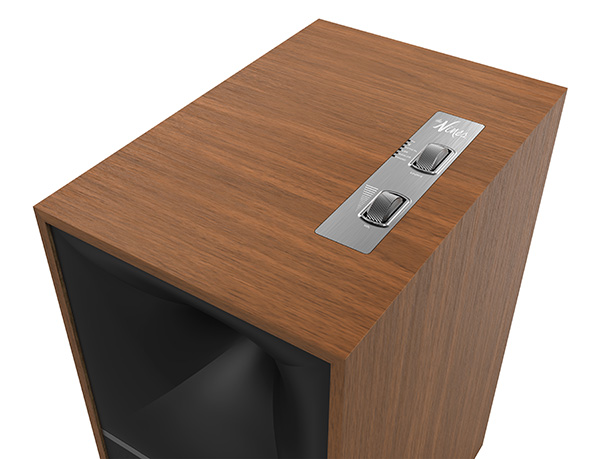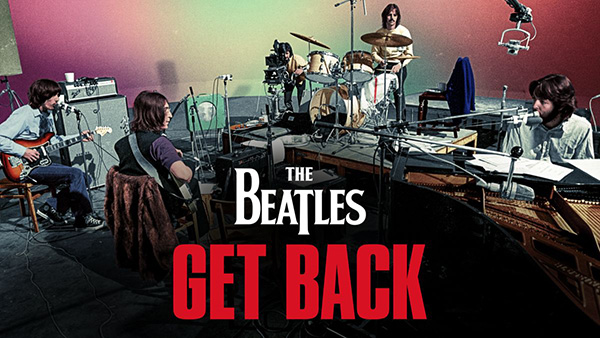| Columns Retired Columns & Blogs |
You might want to invest in a recent, low-end TV for these kinds of tests. I have an ancient (but new enough to have Toslink and ATSC tuner) plasma (originally was smart but updates have remove the by-now-useless apps) and a recent cheap (not smart!) lcd panel, both accepting OTA via an attic antenna. OTA sound with both has a noticeable delay between in-set speakers and external audio, so it's one or the other unless you like subway-tunnel effects, and lipsync can be an issue.
Sources, though, matter as you found. OTA sound can be very good - try that if you're in a place where you can get it. Check rummage sales for ATSC converter boxes for your old Sony. Cable of any sort dramatically messes with audio as well as HD video. App (via Roku) sound is all over the map. PBS sounds great with Austin City Limits among many other things, but classical music is often massively and noticeably compressed (pumping and noise). Amazon sound quality generally sucks, as does (surprisingly, since it works OK from a computer) Youtube. Britbox is generally decent, within the limits of the type and age of the show. I don't do Netflix etc so no comment on them.
That said, powered speakers have always been intriguing to me. These look nice. Any experience with the smaller (more affordable?) models, that would make more sense with a subwoofer? And how serviceable are the parts? Can the plate amp be replaced if necessary?










































